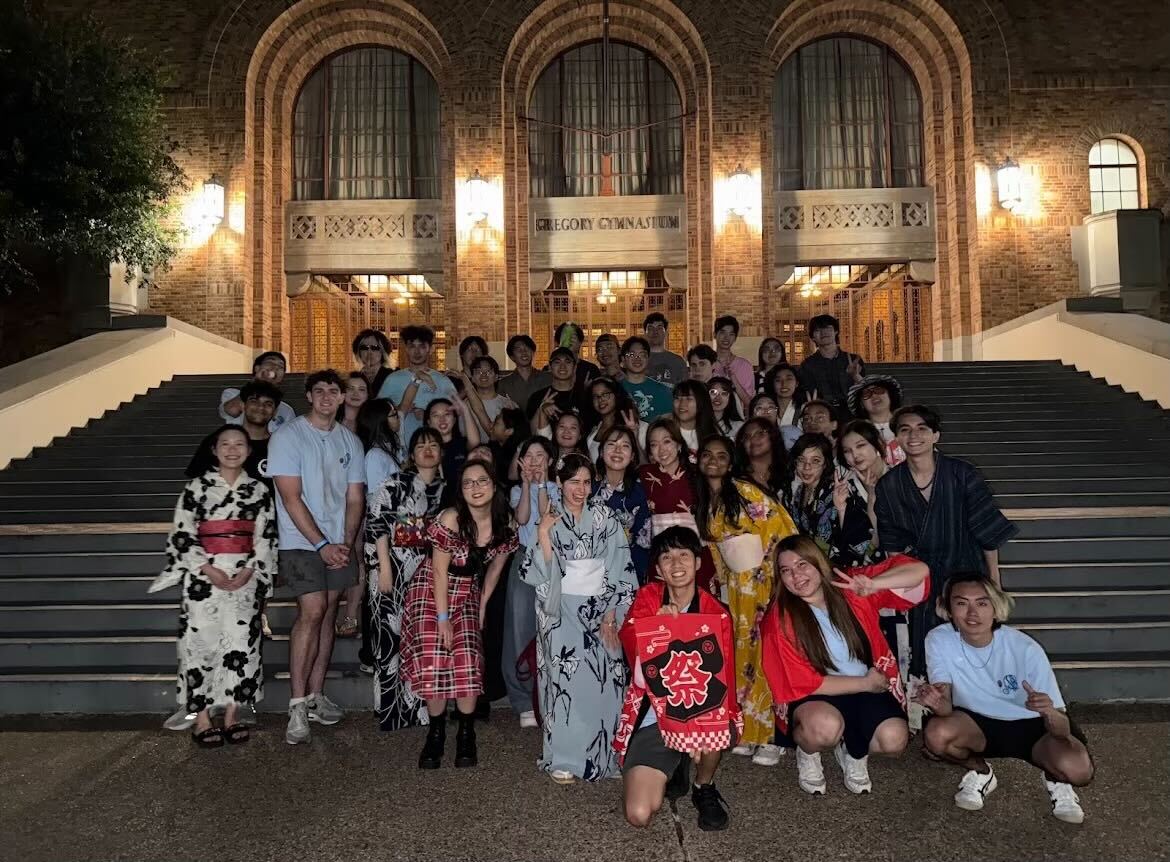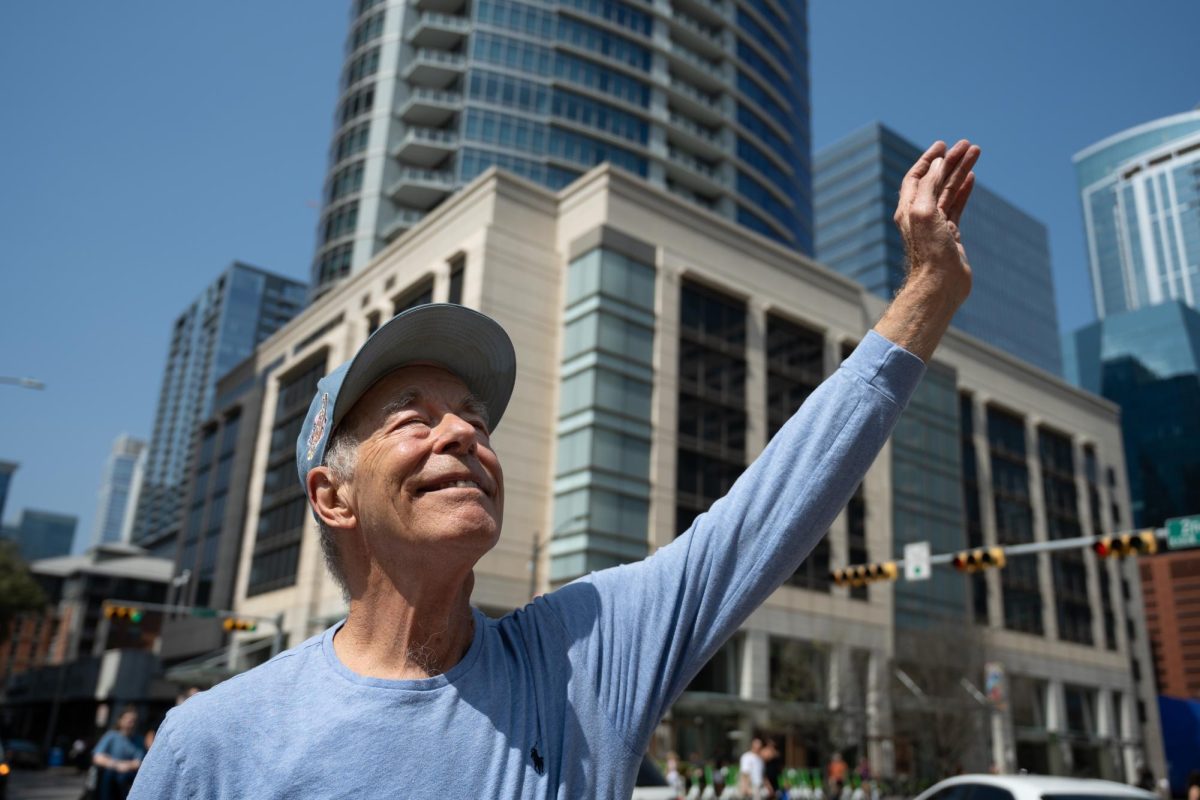Running a less-than-five-minute mile may solely represent a running goal for some, but for Kutoven “Ku” Stevens, a Paiute Native-American long-distance runner, it means more than that. For Stevens, running represents his people’s history, endurance and survival.
The documentary feature “Remaining Native” premiered at South by Southwest on March 7. The film follows then-17-year-old Stevens as he trains to qualify for the University of Oregon’s track and field team — one of the best in the country. As Stevens defies the odds of coming from a small, rural reservation in Nevada by getting noticed by top college recruiters, he remembers his great-grandpa Frank Quinn and all the other Native American children who stayed in, ran from or died in Native American boarding schools.
The documentary proves cinematically riveting by seamlessly transitioning between steady, drawn-out shots of Stevens running through Yerington, Stevens’ childhood home videos and photographs of the boarding schools that forced Native American children to assimilate into white culture.
While “Remaining Native” touches on the discrepancy between Stevens’ training journey in a rural town and those in bigger cities, a deeper explanation of its impact could have benefited the documentary. For example, the documentary showed Stevens competing in the Arcadia Invitational, one of the country’s most competitive track and field meets, but fails to provide specific examples, aside from the difficulty of receiving notice from recruiters, about how training in Yerington made qualifying for that meet more difficult.
Aside from that shortcoming, “Remaining Native” successfully combines personal narrative and history in an engaging way. Photographs of Native American children in government boarding schools pan on the screen for minutes at a time, allowing audiences to sit in discomfort and get a glimpse into the U.S.’s harrowing attempts at erasing Native American culture. While narrating, Stevens often starts with, “Imagine you’re eight years old,” referencing the age of his great-grandpa when he ran away from the Stewart Indian School. This subtle but powerful word choice challenges audiences to look past the screen and into the unjust reality Native American children experienced.
Among the documentary’s most touching moments included images of Quinn accompanying Stevens’ reflection on Quinn’s ability to love despite experiencing trauma. Oftentimes, the media only highlights injustices marginalized communities face. However, this segment, along with light-hearted and humorous exchanges between Stevens and his parents, did the opposite; it showed that marginalized communities’ history of oppression does not define them.
The documentary concludes with Stevens, his family and other Paiute Native Americans running 50 miles in two days — paying homage to the 50 miles Quinn ran to escape his boarding school. Choosing to conclude with this “Remembrance Run” instead of Stevens’ acceptance into the University of Oregon represents the documentary’s core message of remembrance, strength in community and the fight for cultural preservation.
“Remaining Native” ticks all the boxes of a great documentary — truth, rawness and a conclusion that moves audiences. Instead of solely portraying their oppression, the documentary highlights the Native American community’s resilience and joy — an important and refreshing take on how the media depicts marginalized communities.
4½ ducks out of 5














